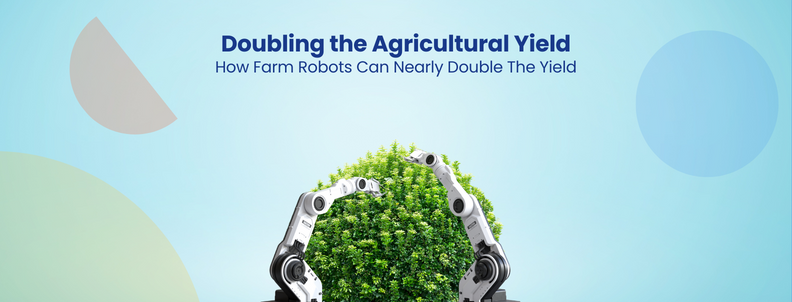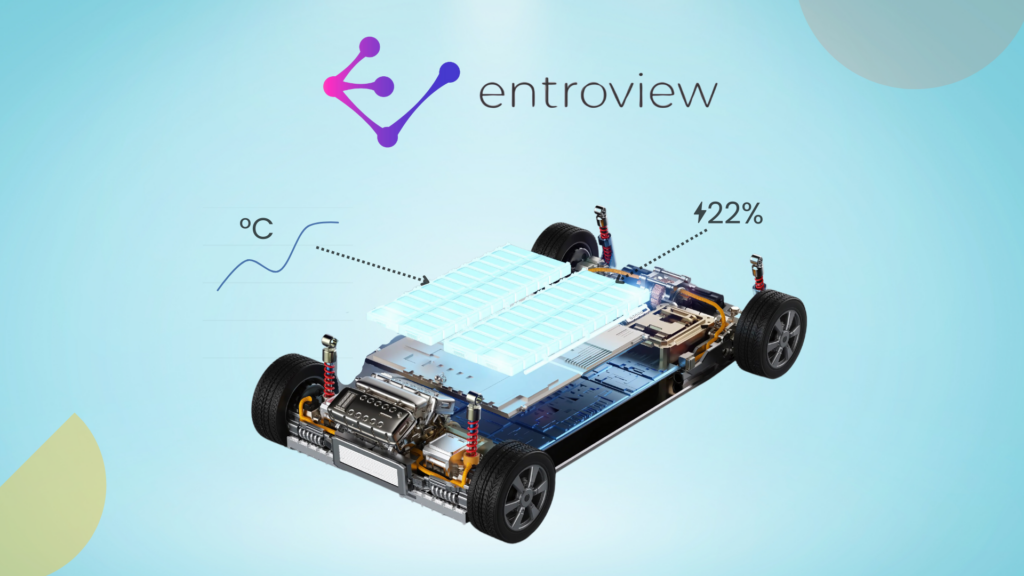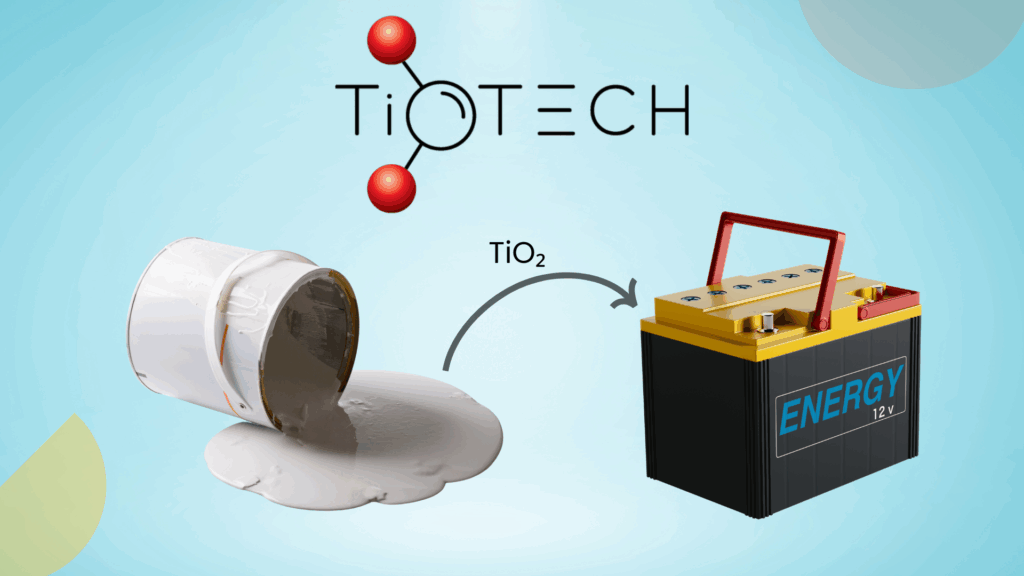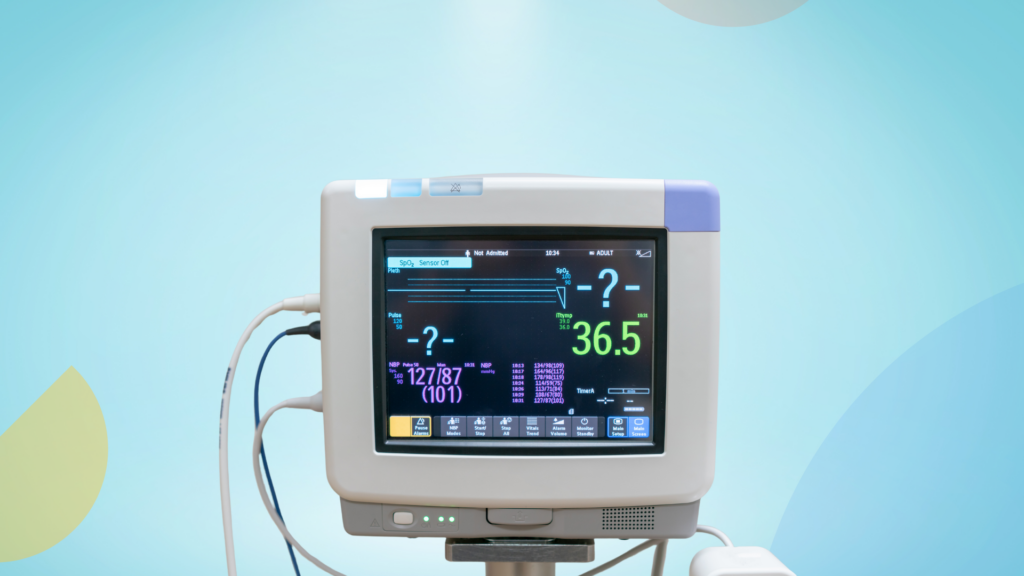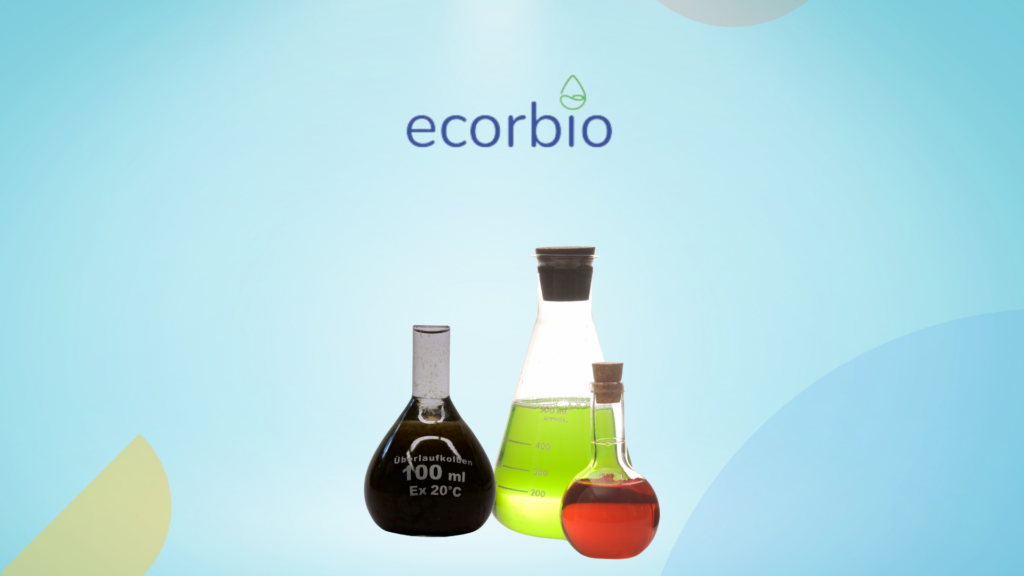Specialized farm robots can reduce agricultural labor requirements by up to 95%! In addition to assisting farmers, these robotic systems can use AI to detect environmental factors and adjust their operation to improve yields anywhere from 30% to 70%.
Most modern systems are highly autonomous or significantly simpler to use than early-stage farm robots, making it easier for farmers to implement them. These robots’ most common uses are collecting fruit yields and gently eradicating weeds without heavy chemicals.
This report discusses the application of farm robots for harvesting and weeding, along with notable collaborations among innovators in this field.
Our comprehensive report on the state of agriculture in 2025 outlines the industry’s most notable technology trends. Fill out the form below and be among the first to receive a PDF of those insights directly in your inbox.
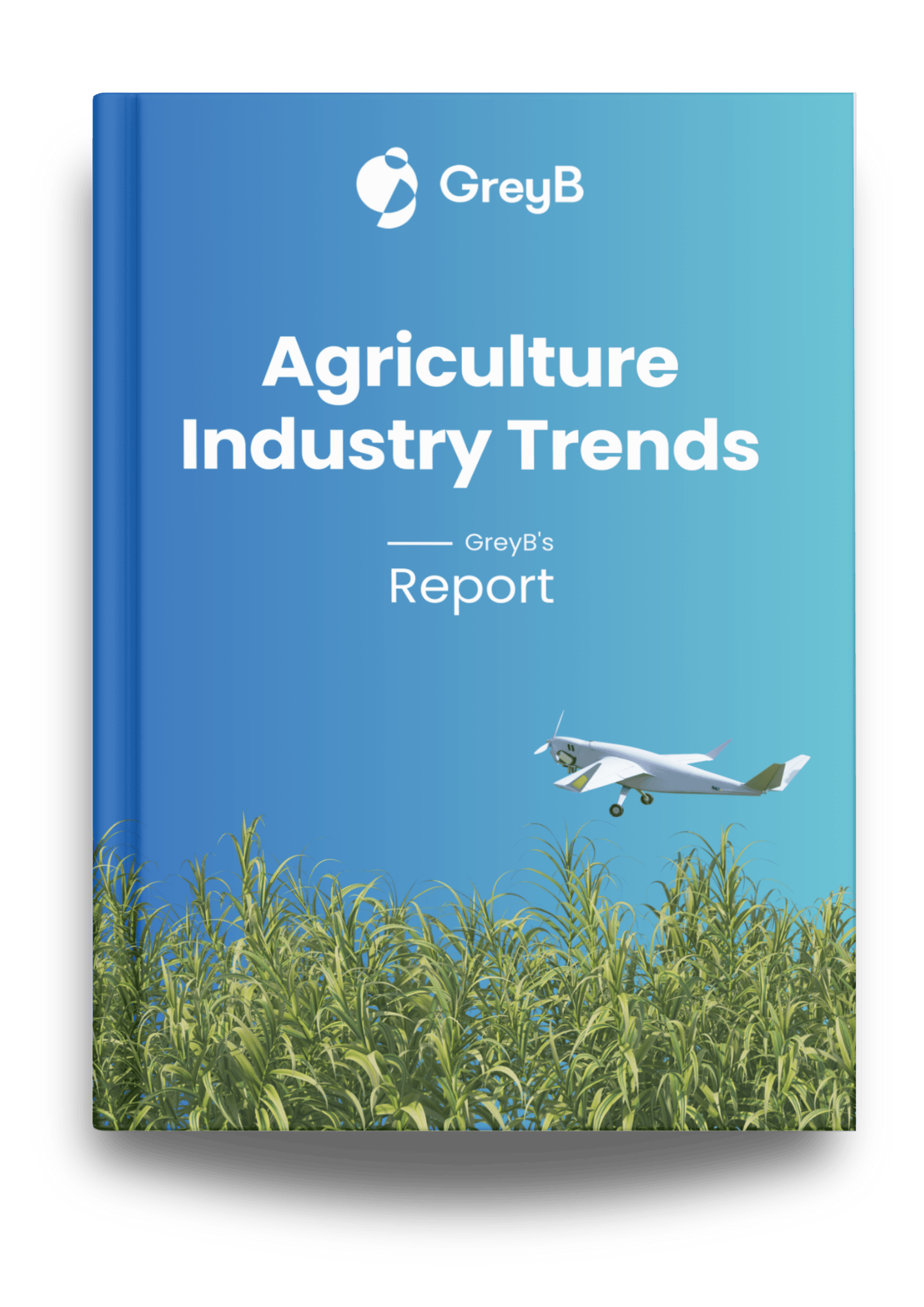
Farm robots for harvesting
Conventional harvesting methods in agriculture impact farmers’ businesses in several ways. The reliance on manual labor for harvesting contributes to increased labor costs, potential shortages during peak seasons, and inconsistencies in crop quality.
Robots designed for harvesting present a hopeful solution to address various challenges. Leading agricultural companies like Deere & Co., CNH Industrial, and Mahindra are progressing in the same direction. Adopting robots for agricultural tasks is anticipated to reduce labor costs by 40% and increase yield by 60%.
CNH Industrial has developed an automatic cotton-harvesting system

Harvesting in the agriculture sector faces numerous challenges. Labor shortages have driven the costs up. The harvesting vehicles for crops like cotton are expensive and complex, making them inaccessible to many farmers.
As a solution, CNH Industrial has developed a fully automated cotton harvesting system that determines the path for harvesting and optimizes its operation to avoid picking material other than cotton.
Based on sensor data, the computing system dynamically adjusts the robot’s operational settings, such as aggressiveness and cleaning subsystems. Doing so optimizes its performance in harvesting cotton while minimizing the presence of unwanted materials.
Tevel-tech has made flying fruit-picking robots.
Tevel-tech has developed a Fruit picking robot to automate fruit harvesting. The robot is designed to accommodate two or more harvesting units capable of working independently and harvesting fruit at different lengths.
The harvesting robots comprise fruit detection units that can detect the location and status of the fruits’ ripeness and extendable arms placed at different elevations for simultaneous harvesting of fruits situated at varied heights. Hence, this innovative system enhances the efficiency and automation of orchard fruit harvesting.
Farm Robots for Weeding
Approximately 1800 weed species cause a 31.5% reduction in plant production, translating to an annual economic loss of USD 32 billion globally.
Manual weeding is a labor-intensive process that requires significant time and effort. In an attempt to expedite weeding, various chemicals have been used to inhibit weed growth. Unfortunately, this strategy has resulted in weedicide-resistant weeds, elevated risks of compromising crop quality, and potential harm to consumers and the environment due to excessive chemical use.
The development of weeding robots equipped with advanced sensors and machine learning can identify and remove weeds more efficiently than manual labor, operate 24/7, and reduce reliance on chemical herbicides. A study revealed that adopting weeding robots could reduce dependency on labor by 40% and improve weeding efficiency by 95%.
Greentech Robotics made a special robotic arm to remove weeds.
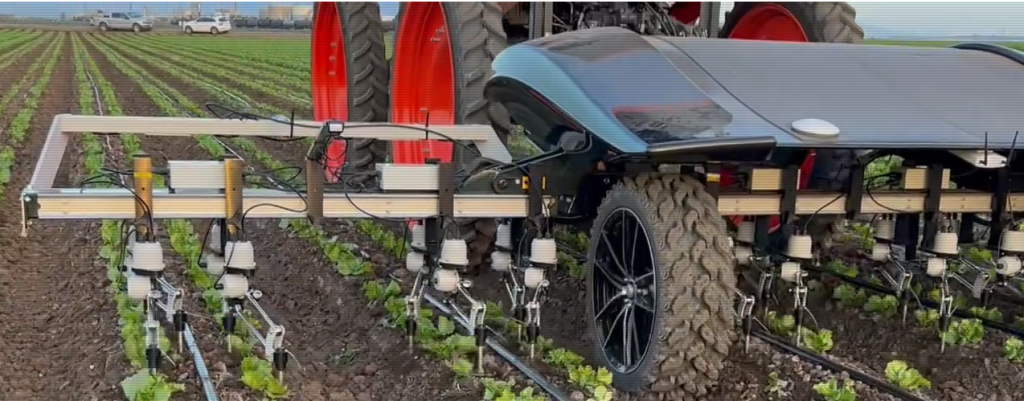
Greentech Robotics Ltd has developed a weed-removing robot called WeedSpider. It has a robotic arm and motor units to raise, lower, and rotate it. Sensors identify weeds, and a controller autonomously directs the arm to eliminate them.
The robot’s design allows for precise and efficient weed removal while minimizing impact on the surrounding environment. It’s fast enough to cover 28 acres per day at 3.5 acres/hour, boasting up to 95% reduction in labor costs!
Ullmanna SRO developed a robot for intra-row weeding.
The current machinery mechanics may not effectively eliminate weeds close to crop lines, thereby failing to resolve the weed-related issues fully. Additionally, these systems cannot analyze weeds using image recognition models.
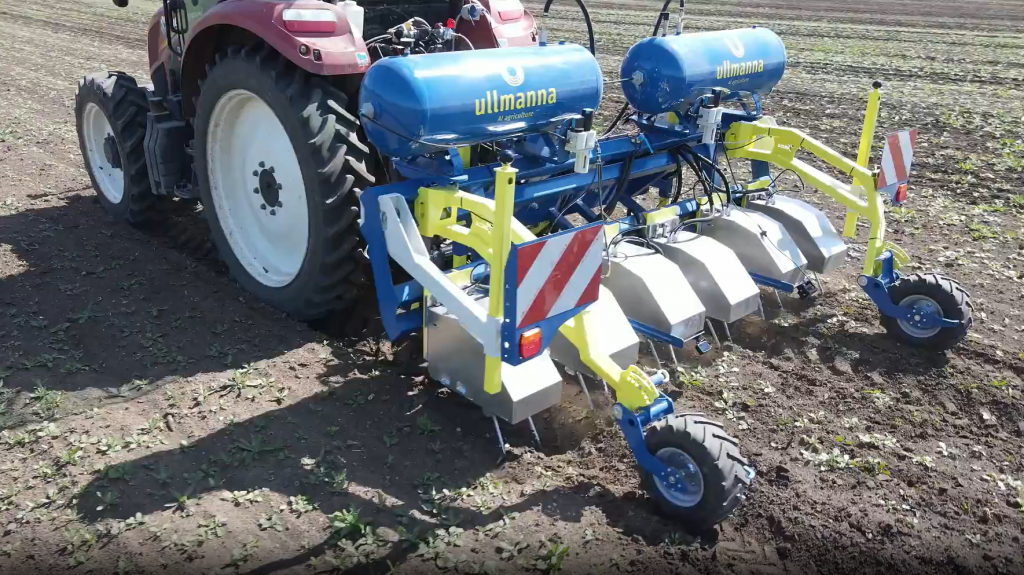
Ullmanna SRO has developed a weed-eradication robot that uses an intra-row weeding method. The robot uses a moving weeding machine with a camera, knives, and evaluation software.
The machine identifies the weeds using image analysis. Then, weeding knives are strategically positioned to detect and weed out other vegetation in the area. Thus, the system minimizes the risk of damaging desired plants while effectively removing weeds by recognizing crop centers and establishing defined weeding zones.
Innovative AI Agriculture Startups
Collaborations among farm robot innovators
Myconics and Christiaens Group
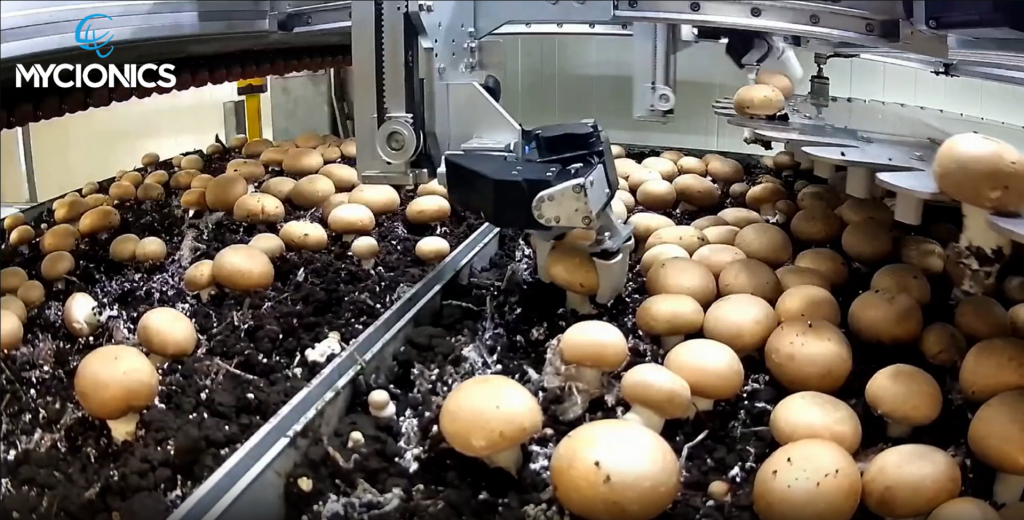
Christiaens Group is a leading mushroom farming company. It has partnered with Myconics for its harvesting robot. This robotic harvester has a vision bar and dual gripper system, capable of harvesting between 45 fresh market-quality mushrooms per minute.
Kubota and Tevel Aerobotics Technologies
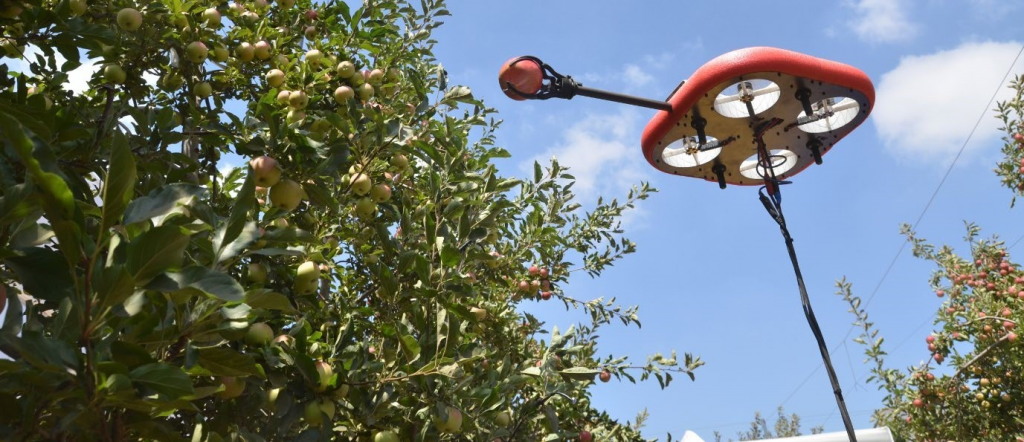
Kubota collaborated with Tevel Aerobotics Technologies to solve the problem of not having enough workers to pick fruits yearly. Tevel’s flying robots make fruit picking more efficient.
Yanmar and Hokkaido University
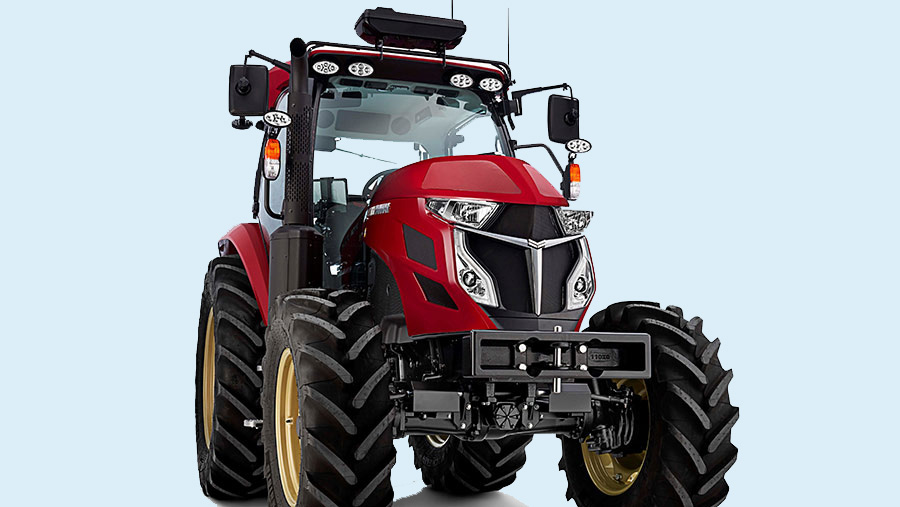
Collaboration between Yanmar and Hokkaido University led to the creation of a robot tractor, helping farmers do more work amid a shortage of workers. By using autonomous tractors. This collaboration aims to make farming accessible and sustainable by bringing speed, safety, and accuracy to the field.
Oishii and Yaskawa Electric
Yaskawa’s robotic arms collaborated with Oishii’s advanced technology and urban farming expertise to optimize strawberry harvesting, reduce waste, and scale global operations, enhancing efficiency and market competitiveness in the world’s largest vertical strawberry farm.
Oishii combines nature with technology to replicate elements such as rain, air, heat, sunlight, and nutrition in optimal conditions for plants. This enables the delivery of fresh strawberries to consumers throughout the year. In the future, it aims to realize fully automated strawberry production.
Recommended: 5 Vertical Farming Startups Leading Agriculture in 2024
Syngenta and Four Growers, Inc.
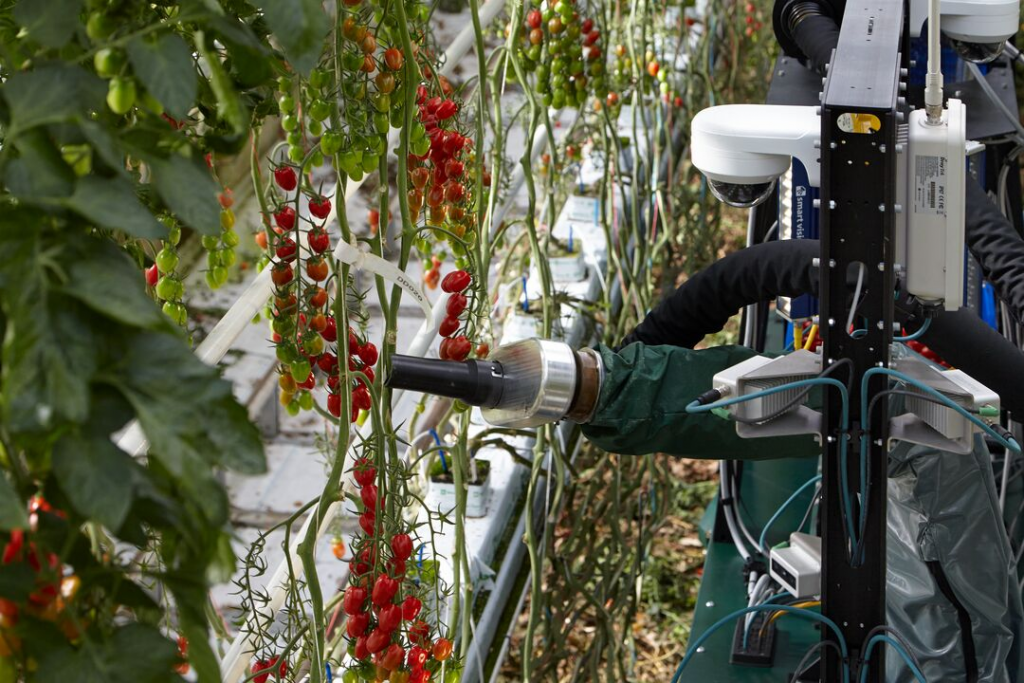
Syngenta Vegetable Seeds and Four Growers’ collaboration aims to optimize tomato production efficiency by testing the GR-100 robotic harvester. The goal is to maximize yields in tomato production with sustainable practices, addressing challenges such as labor shortages, reducing food waste, and advancing crop varieties adapted to robotic harvesting.
KWS Seeds and Aigen Inc.
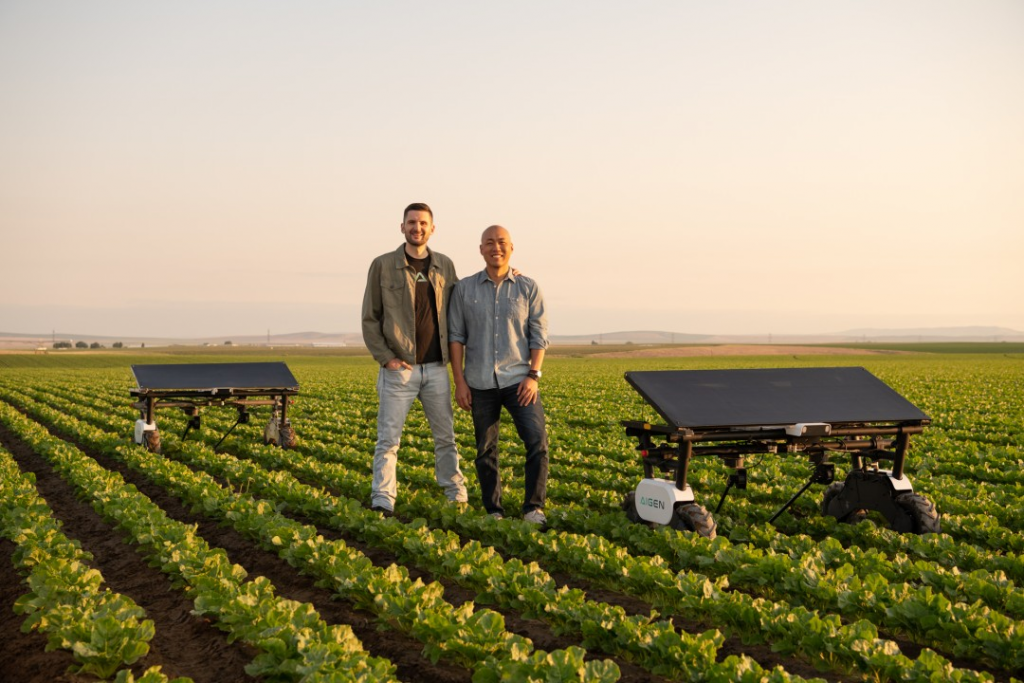
KWS Seeds and Aigen collaborated to revolutionize weed control in agriculture, employing AI-driven robotics to reduce herbicide usage, minimize environmental impact, and offer farmers a sustainable, cost-effective solution.
Deere & Co. and Burro
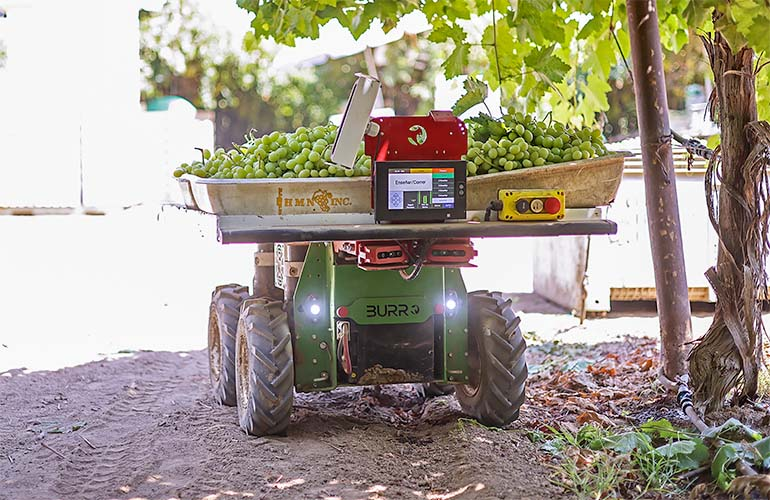
The collaboration focuses on providing automated harvesting robots. Robotic platforms help farm laborers work more productively while laying the base for comprehensive automation of tomorrow’s most labor-intensive on-farm tasks.
Future Outlook
AI technologies already have a 60% market share in agriculture. In addition, the autonomous farming equipment market is set to reach $95 billion by 2027. Due to their effectiveness, the number of field and harvest robots in use has grown by 73% since 2022.
While some weeding and harvesting robots are expensive today, they can pay for themselves in 2 to 3 years by reducing herbicides, cutting labor costs, and increasing yield.
How Can We Help You?
We support industry-leading R&D and Innovation professionals through complex problems. Describe your challenge, and let us bring clarity and expertise.
Authored By – Suborna and Vishakha, Patent Intelligence

